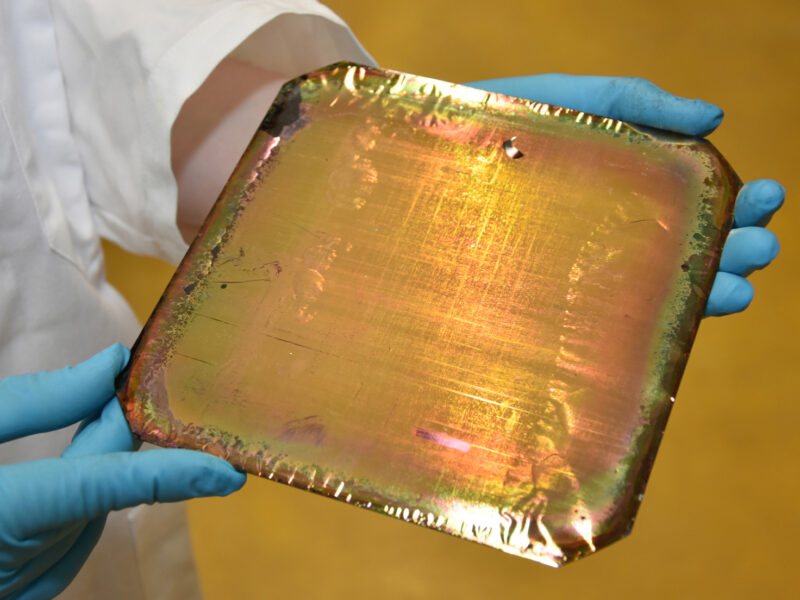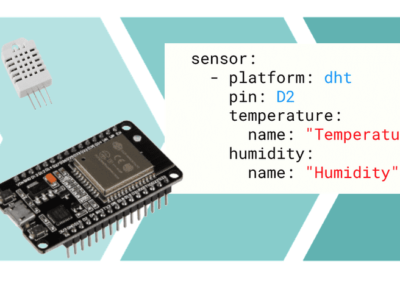
Batteries with silicon anodes promise greater range for EVs
Silicon has long been one of the carriers of hope for electric mobility, says materials scientist Dr. Sandra Hansen. “In theory, silicon is the best material for anodes in batteries. It can store up to ten times more energy than graphite anodes in conventional lithium-ion batteries.” Electric cars could drive longer distances, cell phone batteries last longer and recharge much faster. Another advantage of the semi-metal is its unlimited availability – silicon is the second most abundant element on earth after oxygen and thus an almost unlimited, cost-effective resource.
Until now, however, the service life of silicon anodes has been too short to be used in batteries. The reason is the high sensitivity of the material. When charging, lithium ions move back and forth between the anode and cathode. Silicon absorbs particularly large quantities of lithium ions. As a result, it expands strongly – by 400 percent. Under this load, fractures are unavoidable.
To achieve a reasonable range for electric cars, batteries need a long service life and stable charging cycles. “To increase the cycle stability of silicon batteries, we need to understand exactly what happens when they expand during charging,” says Hansen. She found that silicon behaves much more flexibly if it is produced in the form of a thin wire and can therefore better withstand the high-volume expansion. These findings are now transferred to porous silicon – its free volume leaves more room for expansion. The team wants to produce the counterpart to the anode, the cathode, from sulphur, because a sulphur cathode offers the maximum possible storage capacity.
Hansen wants to improve the service life of silicon anodes with a special quality control during production: They are manufactured from a wafer. Using a lithographic etching process, the surface of this flat disc is structured at the nano-level in order to give it certain properties. Using an advanced solar technology method, the researchers then subject the surface to an optical test over time. This makes it possible to determine at which point in the manufacturing process uneven spots have formed in the surface, which reduce the performance of the anode.
The experience of 30 years of silicon research at the University of Kiel, combined with the corresponding experience of RENA Technologies GmbH in solar technology, should contribute to producing anodes from 100 percent silicon for batteries – the anodes of available rechargeable batteries contain only about 10 to 15 percent silicon. The joint research project “Development and characterization of large-area, porous Si film anodes for lithium-sulfur-silicon energy storage” (PorSSi) is dedicated to this purpose. The aim is to create a high-performance silicon battery and a concept for its cost-effective industrial production.
The University of Kiel is currently presenting its process at the Hanover Fair.
Related articles:
Solid polymer rechargeable alkaline battery could take on lithium ion
Imec announces reaching a milestone for long-range EV batteries
MIT spinoff to release high-capacity lithium metal battery
 If you enjoyed this article, you will like the following ones: don't miss them by subscribing to :
eeNews on Google News
If you enjoyed this article, you will like the following ones: don't miss them by subscribing to :
eeNews on Google News



